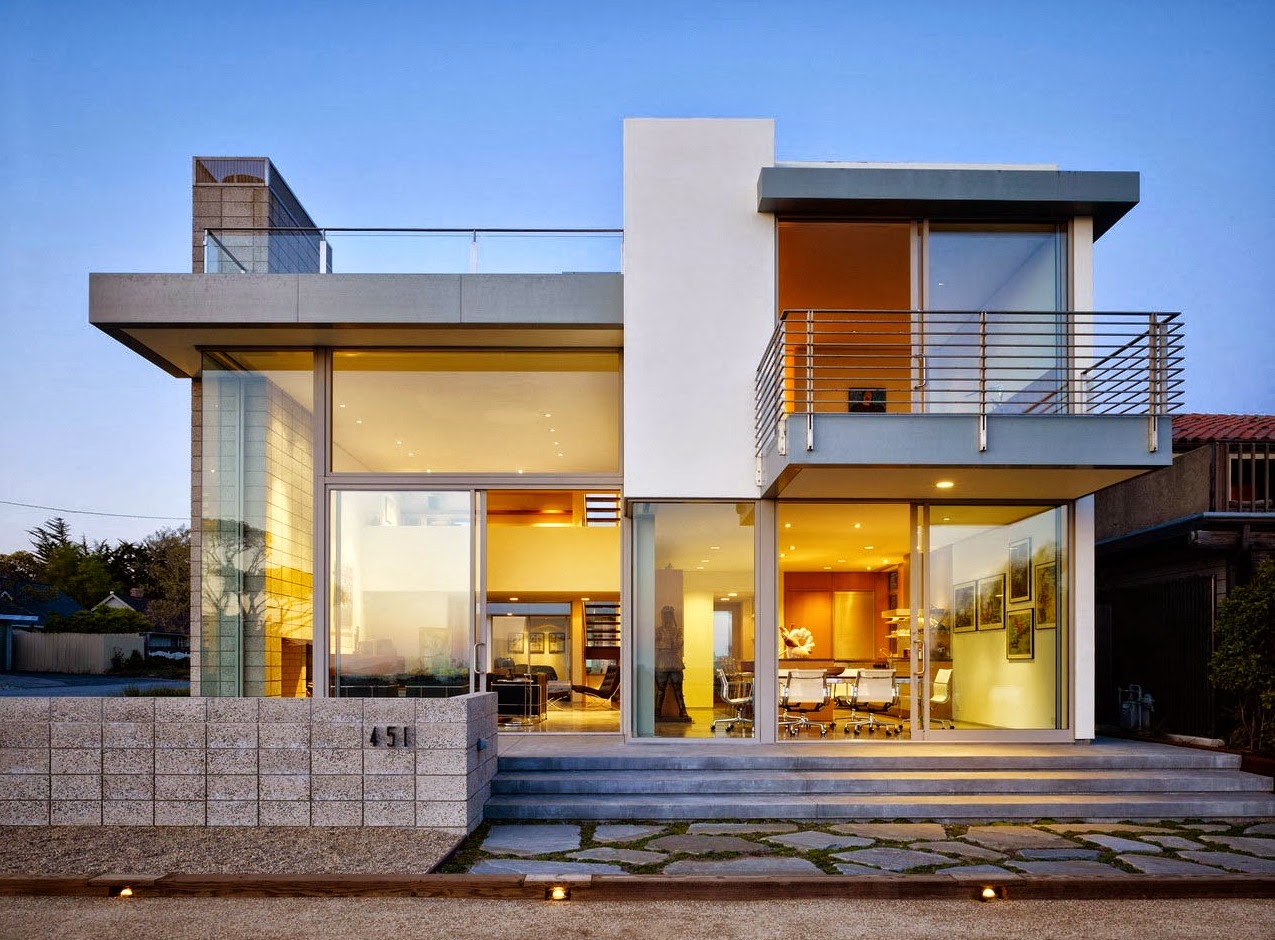7 Things To Consider When Designing Your House
Whether you are an architect, in the construction business, or a regular civilian, you need to make several considerations when designing your dream house. After all, there is a good chance you will be living there for the rest of your life.
Neglecting to recognize essential elements could make your house uncomfortable to live in. The whole project could be a failure, which will require renovation without proper planning. Building a home is a significant undertaking, and you should treat it as such.
Therefore, pump the breaks on finalizing the design. Instead, keep scrolling with a pen and pad to discover seven of the most important considerations to make when designing your home.
Budget And Future Costs
When designing your future space, the first thing you need to consider is your budget. The budget will guide you into developing a sustainable and affordable house. The budget is a limit to ensure that you still have money left over after the construction.
Additionally, your budget helps you pick a construction crew, materials, plus what designs you can eliminate. And it does not stop there, because you will also have to deal with future costs that you must also consider.
For example, if you include a pool in the design, you have to consider the cost of constructing the pool, plus maintenance. Therefore, come up with a sustainable budget and factor in maintenance costs.
Privacy
Privacy is another essential factor to consider when designing your dream house. The majority of people love their privacy, and you should too.
Imagine how uncomfortable you would be lounging in your bedroom while the neighbors have a clear view into the room—or enjoying a day by the pool in your yard, only for passers-by to see you sunbathing.
Privacy is important and necessary. Therefore, when designing your home, ensure that you incorporate ways to give you and other inhabitants privacy. Focus on bedrooms, bathrooms, and other sensitive areas.
Location And Its Limitations
Where are you going to build? If you haven’t thought about this question, you need to figure out the answer fast. The location of your house determines many things.
It determines the types of materials you will use for construction, for starters. Additionally, it determines if your designs and special rooms will work out well. The location also shows you the theme of surrounding houses to guide you into working out the best plan.
Standing out is good, but it can also draw unwanted attention. Your location should lead you to a unique design that allows you to fit in.
Additionally, some locations have regulations on what you can and cannot build. Finding out if you are constructing in a controlled area will help you create a good design that will not violate any regulations.
Lifestyle And Needs
Your dream home’s design needs to be in harmony with your lifestyle and needs. Does it seamlessly fit into your daily routine? Will you host and do the things you want to do in the house?
Does it have all the rooms you need? Is it flexible enough to accommodate all the activities you have planned throughout the year? Remember that the design needs to be practical and accommodating.
The Direction Of Your House
A common mistake that people make is neglecting to scrutinise the direction your house will face. Neglecting the direction will likely result in too hot summers and too cold winters. Additionally, you could face the elements harshly.
To avoid this, orient the rooms as you plan the design. Get correct information about sun positioning, then design your spaces. Ensure that each room gets an ample supply of light and warmth.
Current And Future Inhabitants
Another critical element to consider is the current and future inhabitants of the house. This is another instance of considering the future that will help you build a home that accommodates the changes you undergo.
Consider the current inhabitants of the house as you design. Ensure that you accommodate their needs adequately. Design rooms and spaces according to individual needs,
Additionally, think about who may inhabit the house in the future. You may live alone now, but ensure that your home can accommodate the upcoming changes if you want a family. Flexibility in design makes the transition a lot easier, with no need for renovation.
Current Trends
And finally, consider current trends. Tends are ever-changing. What is fashionable now may not be as trendy in a few years. You need to remember this as you create a design for your home.
Additionally, some elements and designs are not as sustainable or safe as they used to be. For example, exterior bulbs and printed tiles are slowly becoming outdated.
When designing your future home, look up emerging trends and incorporate them into your design. Additionally, look for timeless elements that you can use to keep your house trendy even as it ages.
Tip: Always seek the help of a professional architect to design your house. Ensure that the architect has experience handling similar projects. With their help, you are sure to get a beautiful design that meets all your needs.
Also See: Architectural Blueprints, Roll Up Banners, Flyers and Brochures


